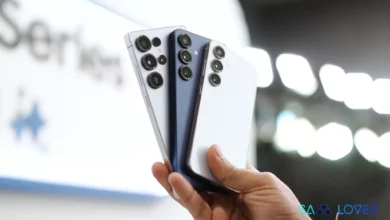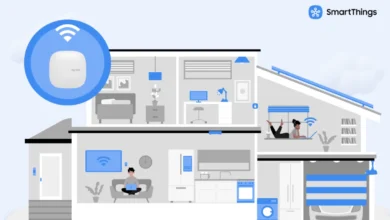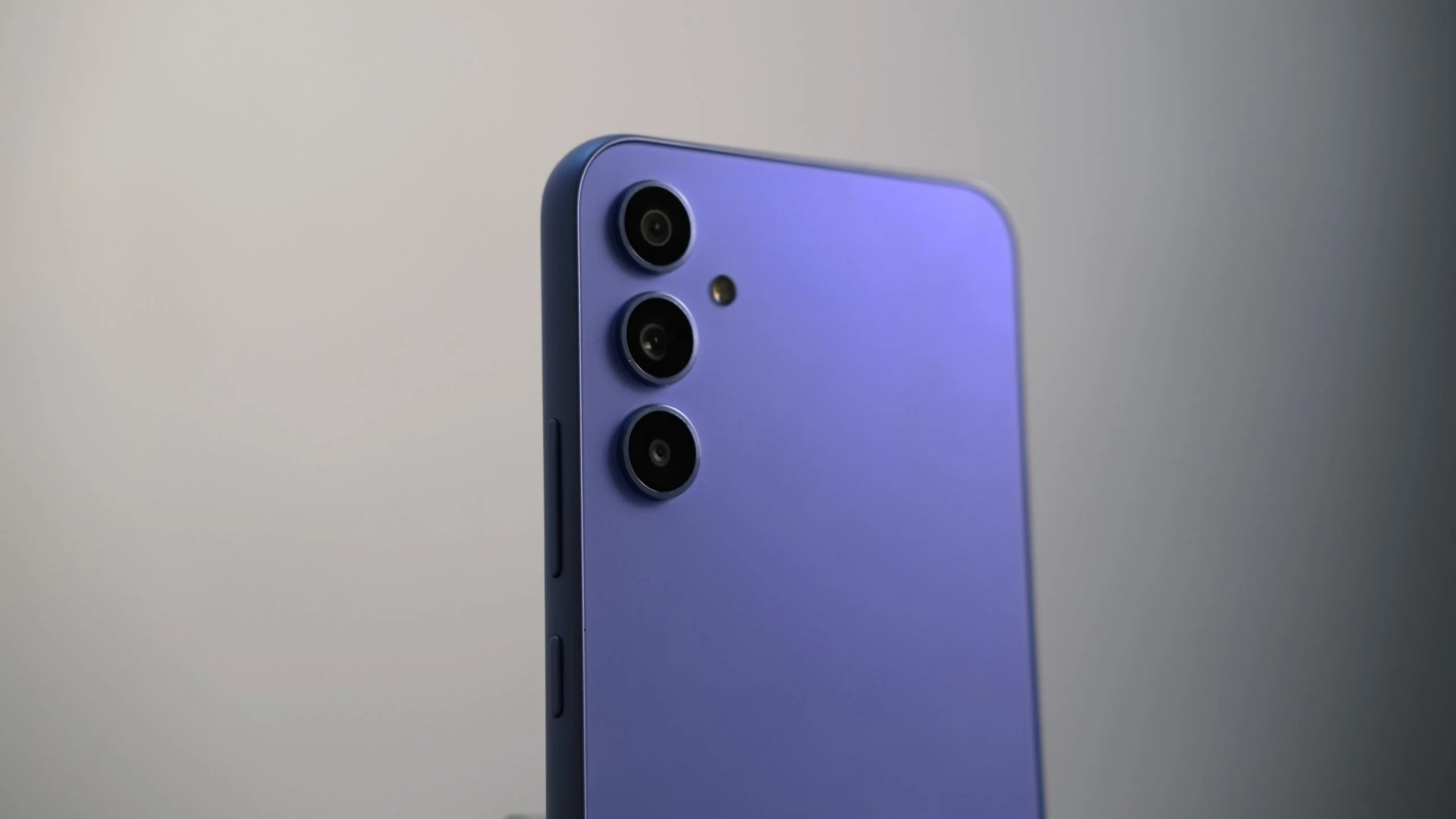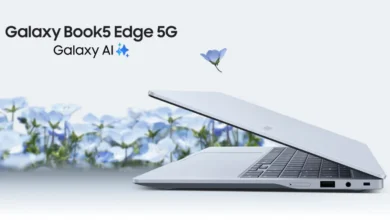Samsung Developer Conference 2023: Quick Bytes on the Event
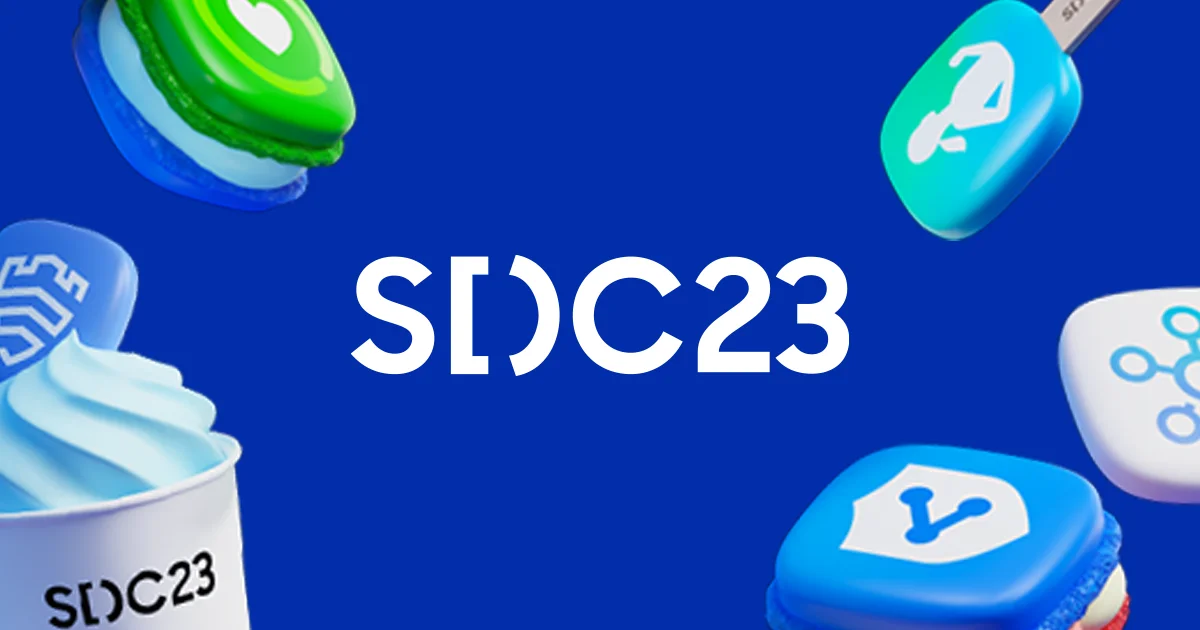
On October 5 at the Moscone Center in San Francisco, Samsung presented its ninth edition of the annual Samsung Developer Conference (SDC). During the speech, Samsung unveiled new methods to build healthier, safer, and more sustainable experiences through its multi-device ecosystem. This ecosystem has been significantly improved by new SmartThings connectivity capabilities and an upgraded Samsung Knox Matrix. The newest edition of its industry-leading mobile user interface, One UI 6, which offers a variety of custom designs and additional capabilities for an all-around smartphone experience, was also highlighted at the event in front of 3000 developers.
Samsung Developer Conference 2023: Highlights
One UI 6.0:
This was the most highlighted part of the SDC23; the latest update of One UI 6.0 Android was unveiled during the event under the slogan “Enabling your Galaxy, your way.” One UI 6 has a modern, intuitive style and feel with a refreshed Quick panel, updated app interfaces, and a chic, proprietary typeface: One UI Sans.
One UI 6 will also leverage AI tools like Photo Remaster and Object Eraser to analyze photographs in the gallery. Additionally, it will recommend the most appropriate editing solutions, enabling users to quickly and accurately improve their photos. The business introduces Samsung Studio, a new One UI 6.0 capability that enables users to edit videos in several layers.
Samsung Wallet:
Sally Hyesoon Jung, vice president of Framework R&D Group at Samsung MX, said that mobile state IDs and driver’s licenses would be accessible in Samsung Wallet beginning in Arizona and Iowa. The improvement, according to the statement, will make it simpler for residents of these states to show either ID in a secure way. In accordance with Jung, the first people to be able to digitally authenticate themselves will be those who live in Arizona and Iowa.
With the American Transportation Security Administration, the business is also evaluating the acceptability of digital IDs in the meantime. Digital IDs saved in Apple Wallet and Google Wallet are accepted at over twenty airports.
Samsung Health:
Additionally, Samsung Electronics utilized SDC23 to present its improved health experiences from Samsung Food and SmartThings, which are made possible by the improved user, device, and service connectivity. The Samsung Privileged Health SDK, which enables developers and partners to create digital health solutions utilizing the Samsung BioActive Sensor, was introduced by Samsung in order to expand on these experiences.
SmartThings:
To reduce the stiffness associated with a limited-range remote control, Samsung’s SmartThings IoT platform has been incorporated into the Galaxy smartphone. The system, which links TVs, phones, tablets, and other consumer devices and home appliances, now has a deeper connection with Bixby to better interpret user language in context.
Tizen OS:
Samsung has expanded Tizen to work on new household appliances with bigger displays, such as washing machines and ovens, to improve the user experience by supplying graphic information, practical UI, and helpful video material. A unified Tizen Software Development Kit (SDK) from Samsung that incorporates a new Samsung Experience services feature and a merged 2D and 3D graphics engine will increase developer support in addition to the extension of relevant product lines.
“Tizen is coming to even more devices, including home appliances with a 7-inch screen, while also boosting experiences with on-device AI and the Home AI Edge Hub,” Samsung noted.
